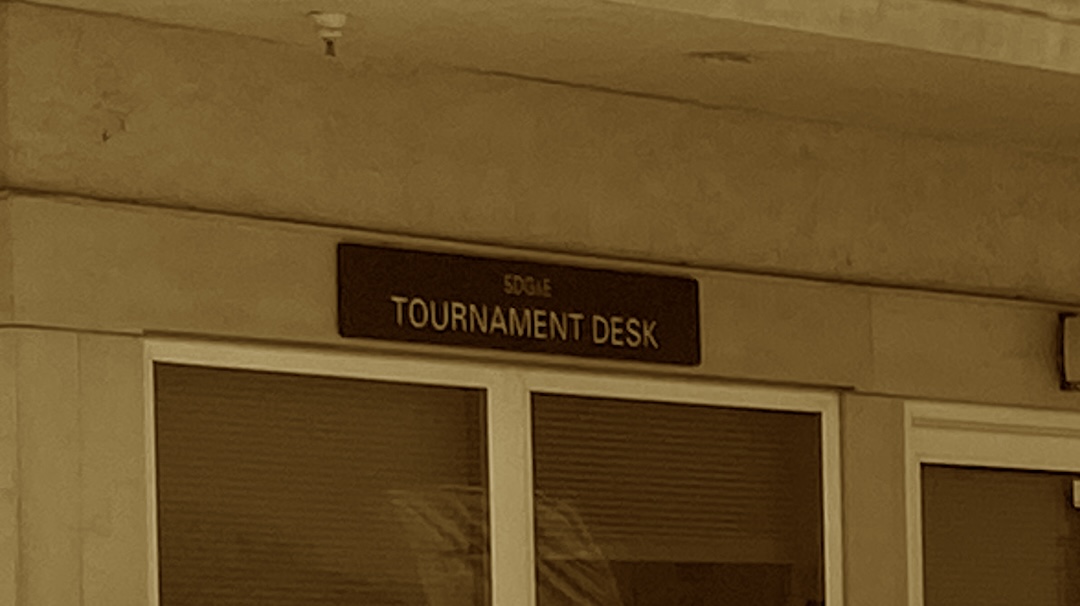The court shall be a rectangle, 78 feet (23.77 m) long and, for singles matches, 27feet (8.23m) wide. For doubles matches, the court shall be 36feet (10.97m) wide.
USTA Friend at Court, Section 1. The Court
In the modern era of tennis and particularly areas where hard courts dominate the game, it is easy to take the dimensions of the court for granted. I have never seen an official or a player check the dimensions of the playing court on a hard court. It would be pointless anyway since it can’t be changed.
At the earliest inception of the game, there was quite a lot of evolution in the dimensions of the court and the placement of the lines. It may surprise players to learn that the court has not always been rectangular. In 1874, the “Wingfield” variation of the court was in use with dimensions being 21 feet wide at the net, 30 feed wide at the baseline, and 60 total feet in length. A picture is helpful.

That court variation had a distinct hourglass shape, which I personally am morally opposed to because it takes away a prime location for drop shots as well as reducing the target space for sharply angled approach shots and volleys. If I didn’t rely so heavily on those shots, I might regard this court configuration as fun.
That variation of the court also contained a diamond in the middle which marked the spot from which the serve was to be delivered. How awesome would it be to receive a John Isner serve delivered from that position! The services boxes were back by the baseline, so I am thinking that absolutely anyone could serve and volley on this court configuration.
Another fun fact is that for many many years the singles and the doubles courts were lined out separately. It wasn’t until 1882 that the innovative idea to combine the singles and doubles lines into a single court was developed. This coincided with the adoption of the court dimensions that are carried in the ITF Rules of Tennis and the USTA Friend at Court to this day.
- United States Tennis Association (2019) Friend at Court. White Plains, NY
- Gillmeister, H. (2017). Tennis a cultural history. Sheffield, UK: Equinox.



